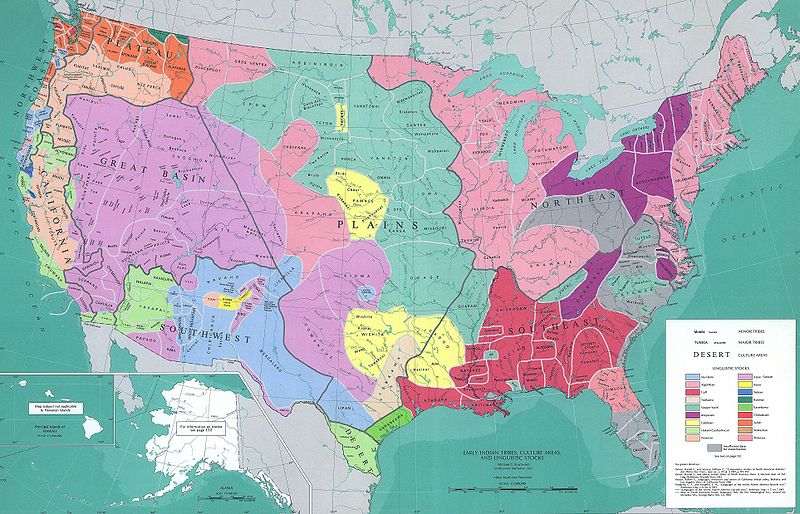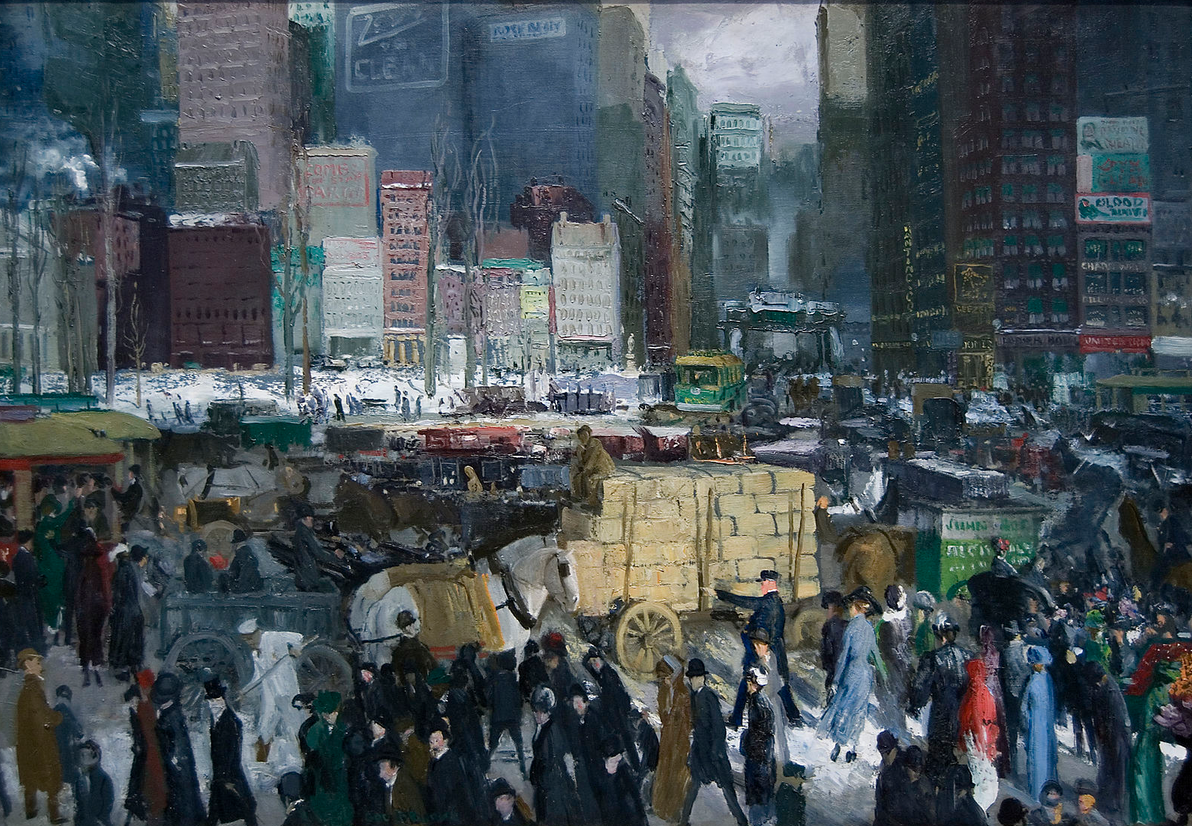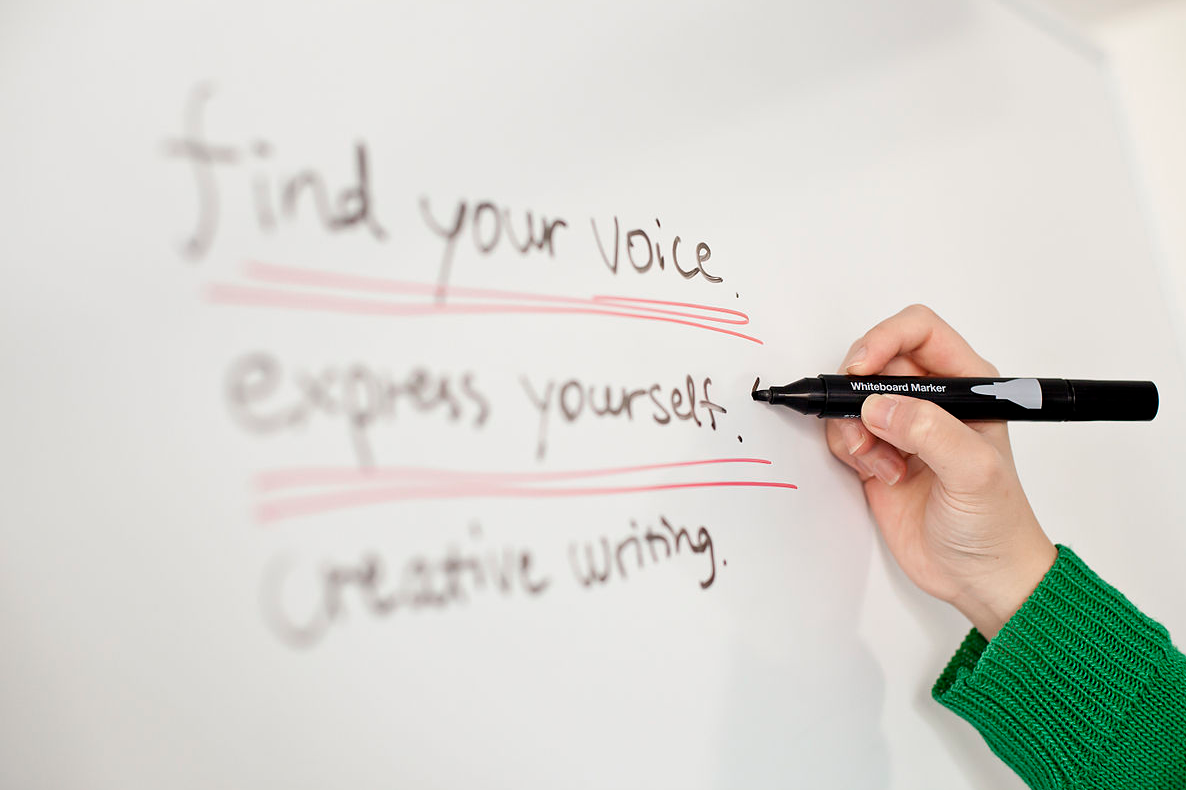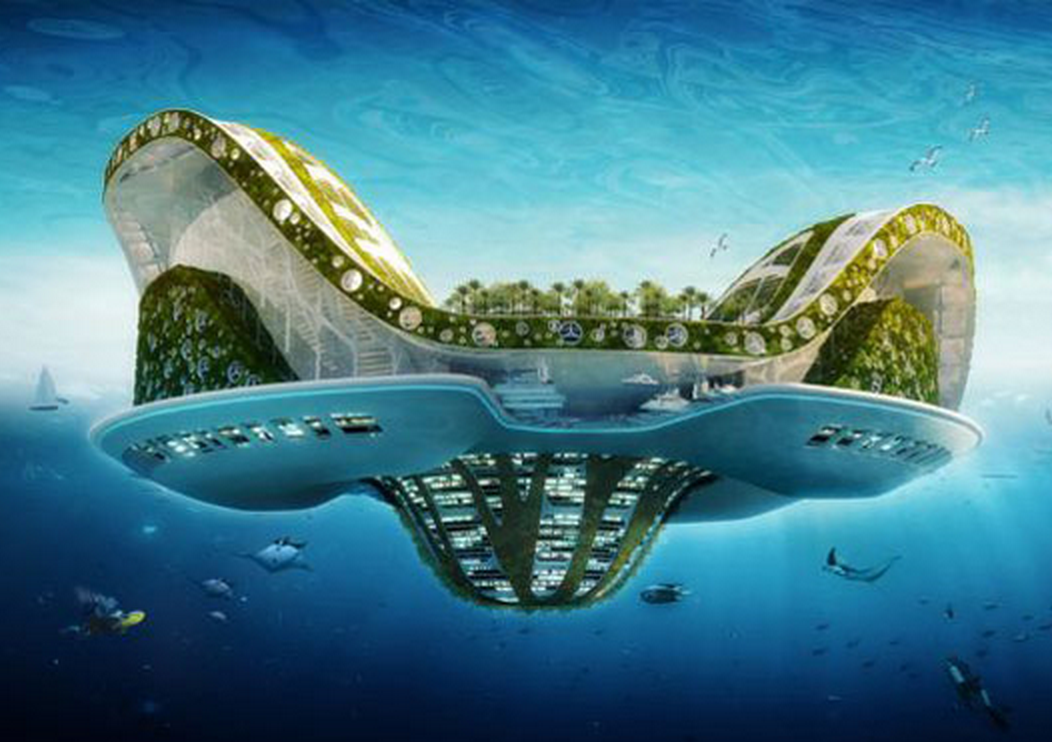Topic outline
General
Unit 1: Pre-Colonial
 During this unit students will explore the vast artifacts that make up pre-colonial American literature. Pre-colonial literature encompasses all regions of North America, primarily made up of native american tribes and worldly explorers. Students will be using technology to create a digital timeline and a storybook interpretation of a Native American Myth. This foundational Unit of American Literature is designed to initiate skills for searching for digital artifacts, and creating digital products that reflect learning and inform an audience in a real and relevant way.
During this unit students will explore the vast artifacts that make up pre-colonial American literature. Pre-colonial literature encompasses all regions of North America, primarily made up of native american tribes and worldly explorers. Students will be using technology to create a digital timeline and a storybook interpretation of a Native American Myth. This foundational Unit of American Literature is designed to initiate skills for searching for digital artifacts, and creating digital products that reflect learning and inform an audience in a real and relevant way.Image Source: 1970 USGS map. Public Domain. Wikimedia.
Pages: 9Labels: 6Forums: 2Assignments: 9Unit 2: Colonial
 During this unit students will explore literature created between 1607 and the end of the Revolutionary War. Students will study texts including or similar to: The Federalist papers, the Preamble to the Constitution, the Bill of Rights, and Lincoln’s Second Inaugural Address, and Supreme Court Rulings. Students will then use those texts to generate new questions for research and digital presentation. Additionally, students will consider diverse audiences when composing and presenting.
During this unit students will explore literature created between 1607 and the end of the Revolutionary War. Students will study texts including or similar to: The Federalist papers, the Preamble to the Constitution, the Bill of Rights, and Lincoln’s Second Inaugural Address, and Supreme Court Rulings. Students will then use those texts to generate new questions for research and digital presentation. Additionally, students will consider diverse audiences when composing and presenting.Image Credit: Howard Chandler Christy's Scene at the Signing of the Constitution of the United States
Pages: 12Labels: 6Assignments: 11Forums: 3Unit 3: Age of Reason in American Literature (late 1770s to early 1800s)
 During this unit students will study the Age of Reason in American history through literature. Students will learn how the split from the Church of England resulted in an emphasis on reason over the church as fact. A secondary result was of a strong feeling of American patriotism. The medium of this time was primarily political pamphlets, speeches, essays and documents. This was also a time of reform, as seen in The Declaration of Independence.
During this unit students will study the Age of Reason in American history through literature. Students will learn how the split from the Church of England resulted in an emphasis on reason over the church as fact. A secondary result was of a strong feeling of American patriotism. The medium of this time was primarily political pamphlets, speeches, essays and documents. This was also a time of reform, as seen in The Declaration of Independence.Image Credit: http://commons.wikimedia.org/wiki/File:Declaration_independence.jpg
Pages: 11Labels: 9Assignments: 11Forums: 2Unit 4: Romanticism
During this unit students will study the Age of Romanticism in American history through literature. Students will learn that this period challenged the rational thinking from the Age of Reason. The growth and expansion in the United States fueled intuition, imagination, individualism and the role of nature as a source of spirituality in literature This period produced fewer instructional texts and more stories, novels, and poetry.
"This painting (circa 1872) by John Gast called American Progress, is an allegorical representation of the modernization of the new west. Here Columbia, a personification of the United States, leads civilization westward with American settlers, stringing telegraph wire as she sweeps west; she holds a school book as well. The different stages of economic activity of the pioneers are highlighted and, especially, the changing forms of transportation." (Manifest Destiny, Wikipedia)
Pages: 10Labels: 8Assignments: 10Unit 5: Transcendentalism
 During this unit students will track the American train of thought, reflected in literature. In the 1830s, a small group of intellects moved on the notion that people are inherently good and nature is harmonious and plentiful, but religion and governing bodies are more likely to corrupt that goodness in people and nature than help it. Students will read texts from that time and examine the arguments from the primary sources. Students will be asked to take a stance in regards to their opinion of transcendental philosophies and argue their findings in writing. Students will study authors from this time period including: Henry David Thoreau, Ralph Waldo Emerson, Margaret Fuller, Walt Whitman and Emily Dickinson, along with Native Americans who shared similar views. Additionally, students will view criticisms of this philosophy by authors including Nathaniel Hawthorne and Edgar Allen Poe. Lastly, students will be asked to ponder the value of reading texts from Americans in this time period.Pages: 2Labels: 5URLs: 4Assignments: 8Forum: 1Quiz: 1
During this unit students will track the American train of thought, reflected in literature. In the 1830s, a small group of intellects moved on the notion that people are inherently good and nature is harmonious and plentiful, but religion and governing bodies are more likely to corrupt that goodness in people and nature than help it. Students will read texts from that time and examine the arguments from the primary sources. Students will be asked to take a stance in regards to their opinion of transcendental philosophies and argue their findings in writing. Students will study authors from this time period including: Henry David Thoreau, Ralph Waldo Emerson, Margaret Fuller, Walt Whitman and Emily Dickinson, along with Native Americans who shared similar views. Additionally, students will view criticisms of this philosophy by authors including Nathaniel Hawthorne and Edgar Allen Poe. Lastly, students will be asked to ponder the value of reading texts from Americans in this time period.Pages: 2Labels: 5URLs: 4Assignments: 8Forum: 1Quiz: 1Unit 6: Realism in America (1850 - 1940)
 During this unit students will study the realism time period through american literature. Students will see how realism was a response to the idealist philosophies of transcendentalism. Realism was founded on the notion of portraying the day to day lives of Americans without romanticizing it (Hollywood Version). Realist authors and artists devoted themselves to the truth, even when it made their country or people look bad. The realist time period resulted in Americans reflecting on who they were and wanted to be. Students will study texts from authors including: Mark Twain, John Steinbeck, Upton Sinclair, Edith Wharton, Richard Wright and Stephen Crane. Additionally, students will have exposure to realist art.
During this unit students will study the realism time period through american literature. Students will see how realism was a response to the idealist philosophies of transcendentalism. Realism was founded on the notion of portraying the day to day lives of Americans without romanticizing it (Hollywood Version). Realist authors and artists devoted themselves to the truth, even when it made their country or people look bad. The realist time period resulted in Americans reflecting on who they were and wanted to be. Students will study texts from authors including: Mark Twain, John Steinbeck, Upton Sinclair, Edith Wharton, Richard Wright and Stephen Crane. Additionally, students will have exposure to realist art.Image credit - New York by George Bellows (1911)
Pages: 3Labels: 6URLs: 3Assignments: 10Forums: 2Unit 7: Modernism/Post-Modernism, Pop Culture, and the American Dream

During this unit students will define the modern and postmodern periods of American literature by analyzing how authors defined the American dream based on the pop culture that surrounded their experiences. During these periods, the definition of the American dream was refined as values changed over time, and in this unit students will be able to explain those changes in relation to the literature that represents these time periods.
Ram's Head White Hollyhock and Little Hills, 1935 by Georgia O'Keeffe (Mother of American Modernism)
Pages: 3Labels: 6URLs: 6Quiz: 1Assignments: 20Forums: 3Unit 8: Understanding Contemporary Literature Through the Practice of Creative Writing

During this unit students will understand the experimental nature of contemporary literature by exploring their own writing process. In this unit, students will analyze the trends being established by contemporary authors as they create websites featuring their own original narratives.
Image Credit - Find your voice via Wikimedia
Pages: 5Labels: 3Assignments: 10Unit 9: Utopia
 During this unit students will learn to narrow their focus when researching, evaluate sources and develop an annotated bibliography. Through activities centered around analysis of Charlotte Perkins Gilman’s novel Herland, students will learn to identify multiple themes in a work of fiction and analyze both how theme is developed and how theme interaction contributes to the richness of the text. Students will gain an understanding of features common to utopian literature by evaluating Herland in comparison with other works.
During this unit students will learn to narrow their focus when researching, evaluate sources and develop an annotated bibliography. Through activities centered around analysis of Charlotte Perkins Gilman’s novel Herland, students will learn to identify multiple themes in a work of fiction and analyze both how theme is developed and how theme interaction contributes to the richness of the text. Students will gain an understanding of features common to utopian literature by evaluating Herland in comparison with other works.Image Credit - False Utopia -http://villains.wikia.com/wiki/False_Utopia
Pages: 9Labels: 6Assignments: 7Unit 10: Dystopia
 In this unit students will shift their focus from the perfect society to the dystopian world. Text read is E. M. Forster’s short story The Machine Stops, written in 1909 but still a strong example of utopian fiction. Within the framework of dystopian literature study, students will gain knowledge and experience in writing strong claims and supporting them with evidence and warrant. Language study will cover words and phrases specific to the text as well as identification of tone and mood in writing.
In this unit students will shift their focus from the perfect society to the dystopian world. Text read is E. M. Forster’s short story The Machine Stops, written in 1909 but still a strong example of utopian fiction. Within the framework of dystopian literature study, students will gain knowledge and experience in writing strong claims and supporting them with evidence and warrant. Language study will cover words and phrases specific to the text as well as identification of tone and mood in writing.Image Credit - One Nation Under CCTV - Flickr CC photo by Tom Blackwell
Pages: 10URL: 1Labels: 8Assignments: 13Forums: 3